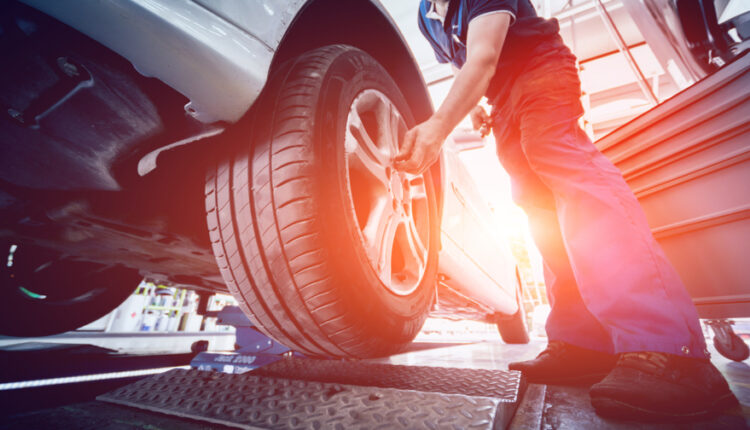Signs Your Car Suspension Needs Repair
Your car’s suspension system is critical for a smooth and comfortable ride, absorbing shocks and maintaining stability. Over time, wear and tear can cause suspension components to degrade, affecting your vehicle’s performance and safety. Ignoring suspension issues can lead to costly repairs or even accidents. Here are five clear signs that your car’s suspension may need repair.
1. Uneven Tire Wear
One of the most common signs of a suspension problem is uneven tire wear. If your tires are wearing out faster on one side or showing bald patches, it could indicate an issue with your suspension system. A failing suspension cannot evenly distribute the car’s weight, resulting in misalignment and uneven tire pressure. Regular tire inspections can help you spot this problem early.
2. Excessive Bouncing or Nose Dives
If your car bounces excessively after hitting a bump or dips forward sharply when you brake, it’s a sign that your shocks or struts may be worn out. The suspension system is responsible for absorbing these impacts and maintaining a stable ride. To check, push down on the front or rear of your car. If it continues to bounce more than two or three times, it’s time to have your suspension inspected.
3. Difficulty Steering
A failing suspension can make your car harder to steer, especially at low speeds. You may notice stiffness in the steering wheel or that the vehicle doesn’t respond as smoothly as it used to. This can occur when suspension components, such as control arms or ball joints, wear out, making it difficult to maintain proper control over your vehicle. Difficulty steering is a safety concern that requires immediate attention.
4. Unusual Noises
If you hear clunking, squeaking, or knocking sounds when driving over bumps or turning corners, it’s likely due to worn-out suspension parts. Damaged bushings, ball joints, or struts can cause these noises. Paying attention to unusual sounds can help you diagnose and address suspension issues before they worsen.
5. Car Pulling to One Side
A properly functioning suspension keeps your car stable and balanced. If your car consistently pulls to one side while driving, it could indicate suspension problems. Misaligned wheels, a damaged control arm, or uneven tire pressure may cause this issue. While alignment issues can sometimes be the culprit, a suspension check is necessary to rule out more serious problems.
Why Suspension Maintenance Matters
Your suspension system doesn’t just provide comfort; it’s also vital for your safety. It affects braking, steering, and the vehicle’s overall handling. Ignoring suspension issues can lead to longer braking distances, reduced stability, and increased wear on other components. Regular maintenance and prompt repairs can prevent costly damage and ensure a safe driving experience.
Conclusion
Recognizing the signs of a failing suspension is crucial for maintaining your car’s performance and safety. Uneven tire wear, excessive bouncing, steering difficulties, unusual noises, and pulling to one side are all red flags that require immediate attention. If you notice any of these signs, consult a trusted mechanic to diagnose and repair your suspension system. Addressing suspension issues early can save you money and keep your car running smoothly on the road.

